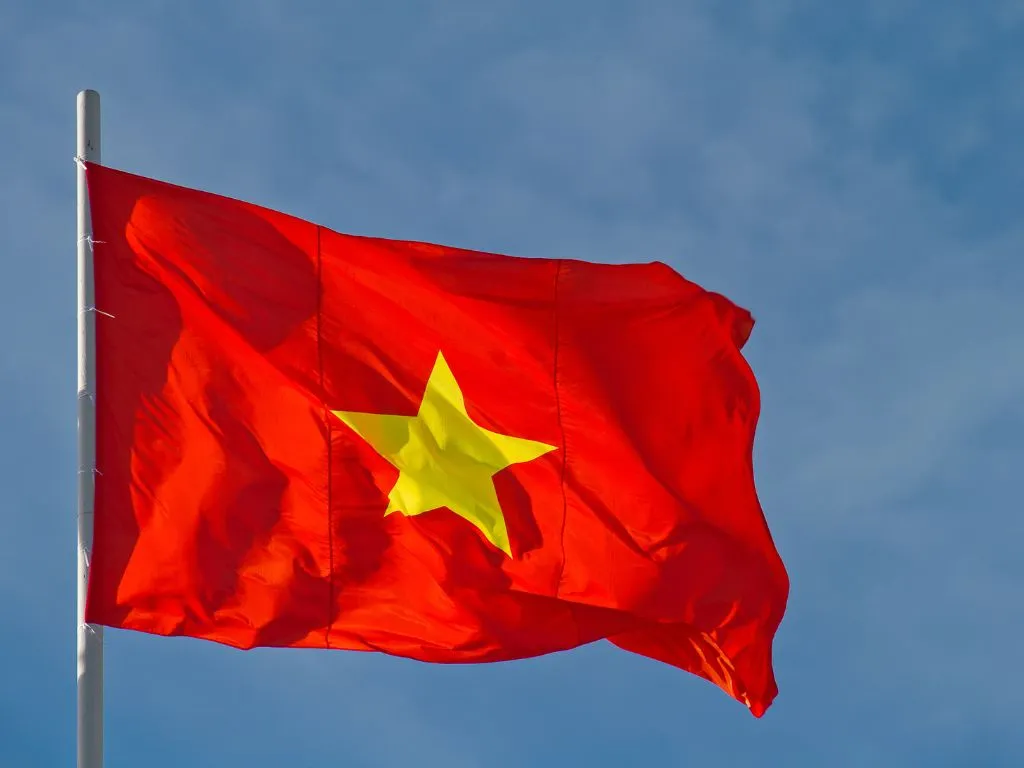- Home
- News Details
News Details

Vietnam Announces National Plan for Management and Elimination of Ozone-Depleting Substances
2024-07-08 Reference source : Vietnamese Government
Chemical control act Greenhousegas GHG Ozone depleting substance ODS
On June 11, 2024, Vietnam promulgated Decision No. 496/QD-TTg, establishing a national plan for the management and removal of restricted substances that deplete the ozone layer and greenhouse gases, which took effect immediately upon its announcement.
Commitment to International Protocols
The study of ozone levels is critical for human activities and manufacturing worldwide. Vietnam is preparing to approve its membership of the Montreal Protocol on Substances that Deplete the Ozone Layer and the Vienna Convention for the Protection of the Ozone Layer. This includes the implementation of the 19th Project, which focuses on substances that deplete ozone levels and their complete regulations, policies, phase-out and control.
Classification and Regulation
The Montreal Protocol classifies substances and compounds into two main categories:
-
Products and substances, machinery and materials from the production, import, export and consumption, gathered, such as methyl chloroform, carbon tetrachloride (CTC), halon, hydrobromofluorocarbons (HBFCs), bromochloromethane and chlorofluorocarbons (CFCs).
-
Conditions of control and detergents.
Only methyl bromide is imported for use in accordance with the licence; export goods' translation and sterilization; hydrofluorocarbons (HFCs) substances are only imported in accordance with the quota distributed in accordance with ten regulations in 2024; hydrochlorofluorocarbon (HCFC) substances are only imported in accordance with strict quality standards, classified according to ten regulations, and used for import and export in 2040.
Consumption Targets
Hydrochlorofluorocarbons (HCFCs): By December 31, 2024, national consumption will not exceed 2,600 tonnes per year, representing a 35 % decrease in consumption relative to the base consumption.
Hydrofluorocarbons (HFCs): Between 2024 and 2029, the country's total consumption should not exceed 14.0 million tonnes of CO2 equivalent or the baseline consumption level.
Objectives
The objective is to make a good faith commitment to refrain from producing, importing, exporting, or using waste materials; goods and machinery made from or containing chemicals such as phenol chloroform, cyclohexane, halon, HBFC, methyl chloroform, HCFC 141 b, and HCFC-141 b in polyol products; import and export of other HCFC compounds not to exceed 2040. Methyl bromide should be used specifically for antibacterial and anti-inflammatory applications. Reduce HFC emissions by 20% by 2045 and keep the reduction going.
We acknowledge that the above information has been compiled from Vietnamese Government.
Global Product Compliance (GPC) specializes in Global Regulatory Compliance Solutions across sectors
globally. SSS Europe, a familiar name in chemical regulatory and compliance services now formally belongs
under the umbrella of GPC Holding Sweden.
Since 2008, we have emerged as one of the leading names among Global Regulatory Compliance Service
Providers with Representation services in Europe, Asia and Middle East for respective chemical
regulations.

 Twitter
Twitter
